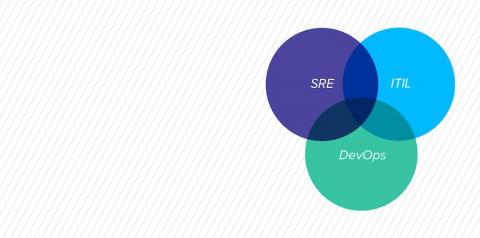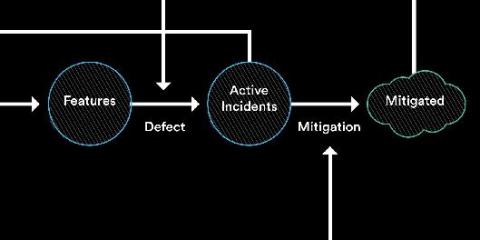How ITIL, DevOps, and SRE Work Together for your Organization
When someone asks what type of “shop” your organization is, can you answer confidently that it’s ITIL, DevOps, or SRE? Maybe some people can, but if you’re a large enterprise, the answer is likely a combination of several of these operating models, especially since SRE has become a key implementation of DevOps. ITIL can work effectively alongside DevOps and SRE principles, though at first glance they appear to be different species.









